I've had this post in mind for a while now. It's a little tangential to the sort of stuff I'd normally write, yet it's something I'm passionate about and has become more topical in the last few days. The catalyst for finally completing this piece came after last week's reporting of the first death in a Tesla operating under "auto pilot" (although the incident itself occurred in May). There are many very interesting angles here including the issue of how technology and automotive intersect with each other.
Obviously I'm very active in the technology scene but my involvement with cars is less well known (well perhaps beyond the recent Nissan LEAF incident, that is). They were a passion as a kid and as an adult, they've been somewhat of an obsession at times. Of most relevance to this piece, I spent the best part of a decade actively involved in club level motorsport spending every other weekend at a racetrack. They were fun times that only ever slowed down when kids arrived but a good whack of that decade was spent on circuits, skid pans, dirt rally courses and hill climbs. About five of those years were as an instructor driving many different cars within racetrack environments. Not in the road-based "here's how to indicate and read road signs" way either, rather "here are the thresholds of braking, this is how the weight distribution of the car shifts and affects dynamics" and many other nuances most people never think about. It meant I got to spend a lot of time doing (and teaching others to do) stuff like this:
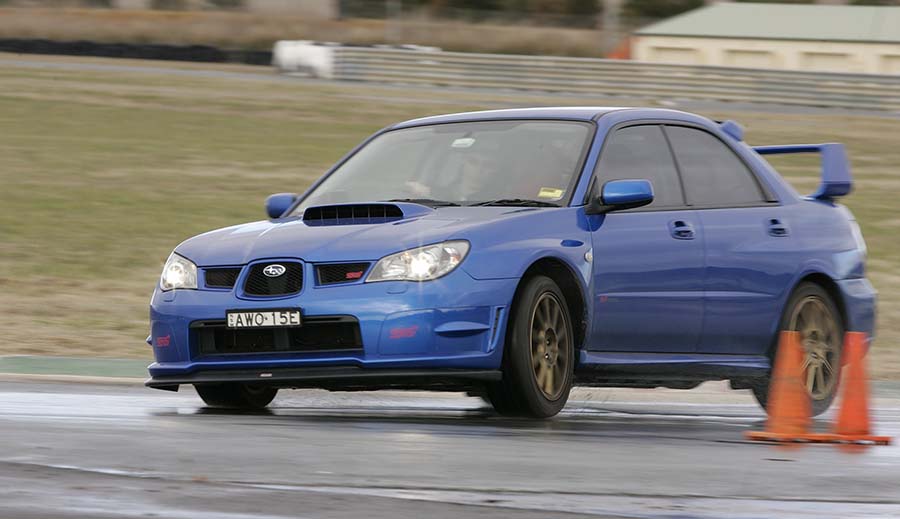
The STi was one of the cars I had during this time and it was sensational for track events like this. The joy of being able to do this in a controlled and legal environment meant much time was spent doing things that would never be acceptable on the road and in turn, you learn things you'll never learn on the road.
These days, I drive something a very long way away from self-driving cars which I'll ultimately talk about in this post:
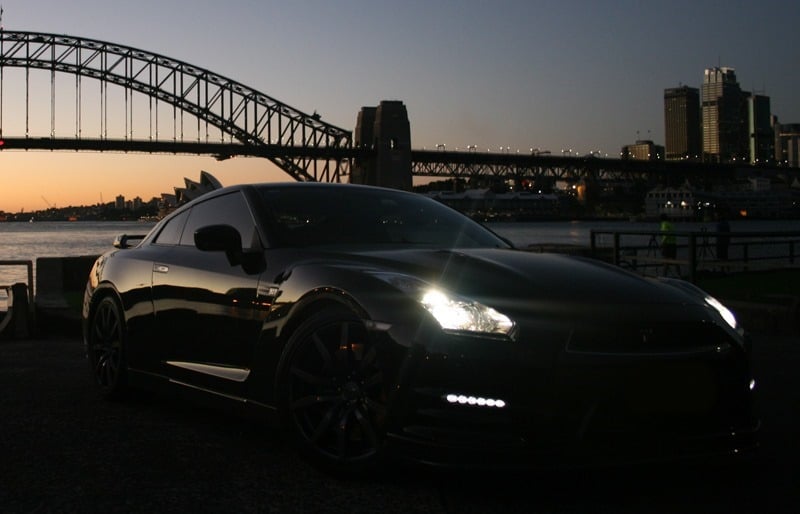
The Nissan GT-R is one of the few things that can make a Tesla Model S feel slow (and yes, I've driven several of them too), not necessarily just in terms of low-speed acceleration (I'll come back to that later), but across a much broader gamut of performance metrics. I'm getting off topic though, let's get on with the point of all this.
Driving aids are aids, not human replacements
If we just look at, say, the last couple of decades, consider how many driving aids have now become mainstream. ABS is one of the most significant that comes to mind, stability control systems (including traction control) is another. Many other smaller but important contributions have also come along, things like blind spot indicators and Mercedes' funky Pre-Safe implementation.
ABS is a great example that illustrates my point here and if you have a vehicle built in the last 10 years there's a high chance it's equipped with this. Before ABS, the temptation most people have in an emergency braking situation is just to jump on the anchors as hard as possible. The vast majority of people have very little idea of what the threshold of their brakes are so the wheels would lock, traction would be broken and braking distances prolonged. It also means they could no longer steer; once the wheels are locked, directional control is gone and the only way to get it back is to come back off the brakes which is entirely counter-intuitive when you're careering towards an obstacle. If you've never given it much thought to it, here's a simple explanation of how ABS works:
Every now and then you'll still hear the screech of tyres as the driver suddenly realises they're approaching stationary traffic and you'll always turn and see an older non ABS-equipped car with a shaken driver. Anti-lock brakes fundamentally change this equation as the driver's natural reaction to over-brake no longer leads to lockup. It has undoubtedly saved many lives and even more rear-enders and it asks nothing of the driver to be effective - they just do what they always did. But here's the point I'm getting to - ABS does not suspend the laws of physics. There is a velocity which when combined with road conditions, vehicle weight, tyre conditions and a bunch of other factors, simply cannot prevent you from running out of braking distance.
Driving aids are just that - aids. You still need judgement, experience and frankly, common sense. You're still ultimately in control. It's when the driver's expectation of the technology exceeds its ability that we have a problem.
The fallibility of "auto" things (that aren't really fully auto)
Here's a great video example relating to Volvo's Pedestrian Detection functionality:
Naturally, there's more to this incident than what immediately meets the eye but regardless of what was or was not enabled on the vehicle at the time, the fact remains that the driver didn't intervene of their own accord and use the brake pedal, they relied entirely on the technology... and it went wrong. Indeed, that was inevitably the purpose of the demo - for the driver not to intervene - but that doesn't change the nature of the outcome.
And this is what worried me when I first saw the Tesla Autopilot situation. Like ABS and indeed like Volvo's solution above, this is a really neat driving aid. But it's no more than that - an aid - and Tesla themselves are pretty adamant about the way it should be used. In their piece on the tragedy that unfolded last week, they had this to say about Autopilot:
an assist feature that requires you to keep your hands on the steering wheel at all times
Keeping your hands on the wheel is one thing, actually paying attention and being ready to take control is quite another though. But they're pretty clear on that too:
you need to maintain control and responsibility for your vehicle
They go on to say that you should "be prepared to take control at any time". Think of it like cruise control - it can be a handy aid but you're still ultimately responsible for controlling the car.
When the Tesla story broke last week, many news articles linked to a previous video of the driver who was involved in the accident. This showed Autopilot taking action as follows:
I watched this over and over again because it bugged me; rather than marvelling at the Autopilot's (admittedly impressive) ability to avoid a collision, I was watching the truck. It approaches on the driver's side ahead of the Tesla which is both in its blind spot and much lower than the cabin the driver was in. The truck driver was unequivocally in the wrong, yet... how on earth did the Tesla driver not see this coming?! What was his level of situational awareness because it certainly doesn't look like he was paying attention to the traffic around him.
The concern with driving aids such as Autopilot is that they lead to complacency. Only a few weeks ago, this video appeared of a driver literally sleeping whilst Autopilot handled the traffic for him:
As last week's news unfolds, we're learning more about the specifics of the incident. The driver of the truck the Tesla collided with has said that he could hear Harry Potter playing in the car and indeed the police have confirmed that a portable DVD player was found in the wreckage. It's pretty clear what's being implied here and again, we're yet to see official reports, but it's certainly conceivable that the driver was relying entirely on Autopilot and was not in position to take control of the vehicle himself.
Tesla's own blog post I referenced earlier said this:
Neither Autopilot nor the driver noticed the white side of the tractor trailer against a brightly lit sky, so the brake was not applied. The high ride height of the trailer combined with its positioning across the road and the extremely rare circumstances of the impact caused the Model S to pass under the trailer, with the bottom of the trailer impacting the windshield of the Model S.
This truck was so large that the body of the Tesla could actually pass under it to the extent that it was windshield height that actually impacted the trailer. And the incident occurred on a day with a "brightly lit sky", not at night or under inclement conditions. This is not a vehicle an attentive driver doesn't see.
Unfortunately, much of the reporting of this incident is shining Tesla in a negative light which is entirely undue in this situation. For example, CNN claiming the Tesla crash highlights real problem behind self-driving cars. That whole story is bizarre, claiming that "had the tractor-trailer also been driven by computer, it could have been on the same network as the Tesla" and then continuing on to imply that the accident occurred because the truck wasn't self-driving. The Tesla system is obviously good - very good - as a driving aid but whilst there remains a requirement for human intervention, humans will need to remain alert and attentive. Getting to the title of this post though, I'm actually very excited about a time then they won't need to be...
Bring on self-driving cars (for other people)
For many people, a car is a utilitarian device. It gets them between two points and that's about the end of it. They drive because they need to, not because they want to. So many of the videos of Tesla's Autopilot already circulating around the web demonstrate this perfectly; drivers want to sleep, watch movies, read books and generally do anything but actually drive. And I think they should be able to... eventually.
What I love about the inevitability of a future filled with self-driving cars is that those who have no interest in driving will no longer have to. I've seen time and time again how under-skilled drivers who are actually interested in driving are (most of my instructing experience was in a club for people who love cars), those who merely passed a test (possibly decades ago) often have some pretty serious (metaphorical) blind spots in their ability. In the very near future, we'll get self-driving cars to the point where they well and truly exceed the ability of your average human. I mean c'mon, wouldn't we all like to get these people out from behind the wheel?!
There's all sorts of issues to overcome well above and beyond the technology itself (wait until the first fully self-driving car kills someone...) but all we know that the reality is on the very near horizon. Make no mistake though - Tesla Autopilot is not that reality and they're very explicit about that.
As someone who genuinely enjoys driving, I love the idea of other people being driven around by their cars. I love that they'll be able to drive at a consistent speed at the legal limit or to the prevailing conditions. I love that they'll keep left unless overtaking (or right, depending on where you are). I love that they won't tailgate, they won't try to close out an empty spot towards the end of an overtaking lane and they won't dawdle around indecisively. And the reality is that most of the drivers in those cars will love that too.
Enthusiasts will still buy enthusiasts cars
Some people got a bit cranky when I said this a few months ago:
Interesting how Tesla is popular with the masses, but not the passionate car folks. Not seeing much cross-shopping with performance cars.
— Troy Hunt (@troyhunt) April 2, 2016
With the benefit of hindsight, perhaps I should have said "driving enthusiasts" rather than "passionate car folk" because certainly there are many passionate Tesla owners. They love the environmental impact, the way it's packaged together (check out the use of space if you haven't seen it, it's massively impressive) and they love the high tech bits. But the "enthusiasts" I refer to - the driving enthusiasts - are those that value the finesse of, say, a McLaren 675LT (plus it has doors that go like this / which makes it awesome):
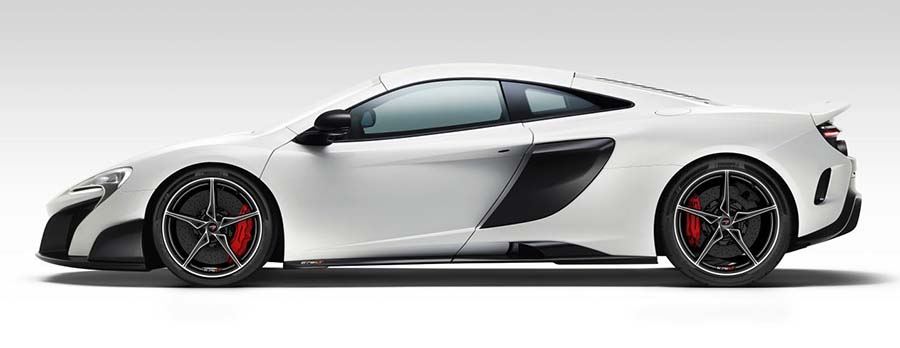
You don't have to go stupid money in that regard either, I've had an absolute ball on racetracks in cars like the Toyota 86:
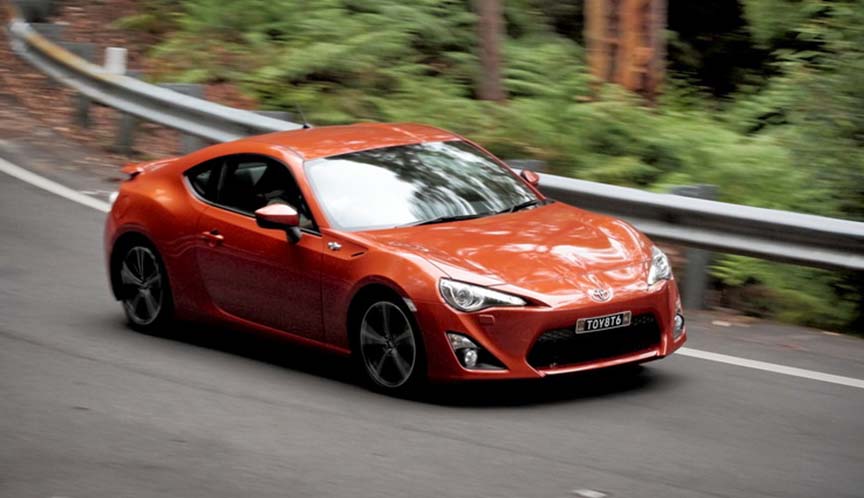
And Mazda's MX5:
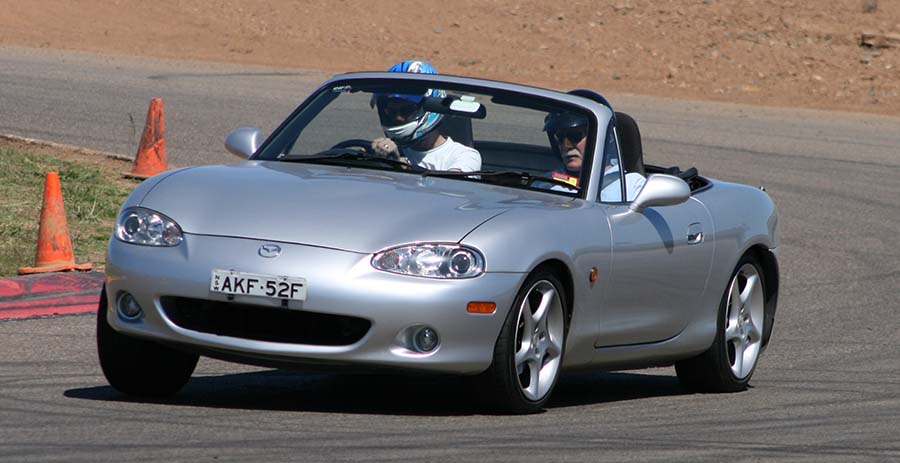
In fact, that one was my wife's, seen here with yours truly taking my father for hot laps. Woefully under-powered but such a sweet, sweet balance in a car that weighed only about a tonne. It was an absolute hoot to drive on the track.
Driving enthusiasts go weak at the knees when they hear an engine like a Mercedes-AMG GT R:
They lust after the lightness of something like a Porsche GT3 RS at only 1.4 tonnes:
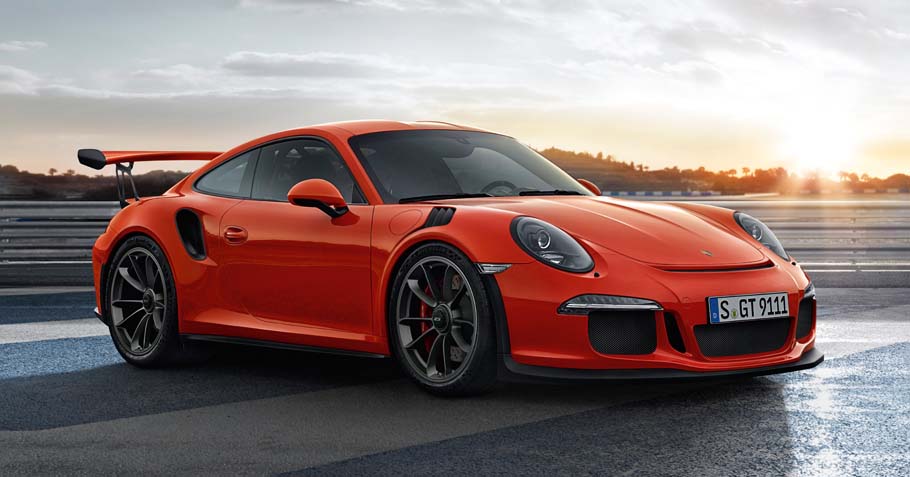
For context, a P90D Tesla is pushing about 2.2 tonnes which is the same as a Range Rover Evoque:
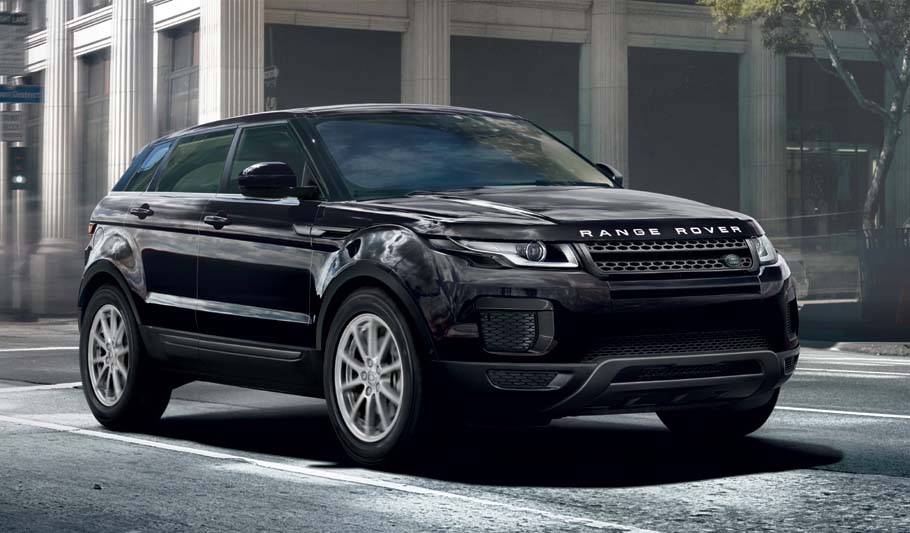
...whilst towing a jet ski (including the trailer weight):
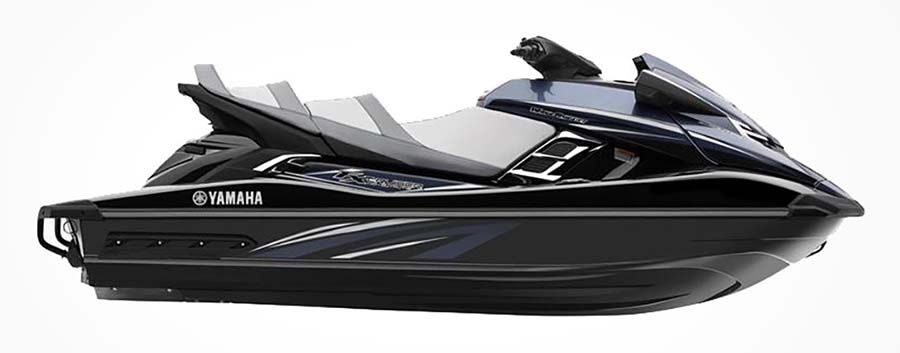
And yes, the Tesla puts it all down very low to help keep the centre of gravity where it should be which is great, but you simply cannot overcome the massive inertia of an SUV towing a jet ski no matter how good your CG is. This is particularly apparent in cornering and braking (heaps of torque and no gearbox still do great things for acceleration), but it's not designed to go fast across the gamut of performance benchmarks which is inevitably why they so frequently go into "limp mode" when pushed on a racetrack. None of that matters though for people who don't want to use it for these purposes. In fact, this is the joy of the Tesla and the aspects of it that I've enjoyed very much when I've driven them; it has few peers when it comes to wafting around town in silence and indeed when accelerating at socially responsible speeds too.
For my money, when it comes to having a family-friendly car, I very nearly bought a Mercedes-AMG C63S Estate recently (video timed to the bits that show why I love it so much):
I probably still will buy it when it finally makes sense to dispose of the incumbent family car (it certainly won't be replacing the GT-R!) because it's a lovely thing to drive. Fans of electric vehicles will bemoan the presence of a gearbox and an internal combustion engine because they have a different set of priorities. For myself and other driving enthusiasts, it's a combination of the noise (that crackle on throttle lift and blips on downshifts, oh boy...) the rear-drive behaviour and the feel of how the thing responds (it's half a tonne lighter than a Tesla); it triggers an emotional reaction in us, if you like. And it doesn't matter one iota to people like myself that you can't drive that or the GT-R the way Chris Harris does in the video above 99% of the time because it feels "special" to those who value these attributes 100% of the time.
Summary
I can't wait for the day when those who want to be driven can be done so in cars designed to do just that, whether it be an evolution of the Model S or something more akin to Google's self-driving car:
These don't require "driver" attentiveness because there's nothing for them to control anyway! They can read, watch movies and take naps to their hearts' content. These cars will have massively broad-reaching ramifications we're yet to even grasp, everything from how we commute to where we live and work, not to mention the challenging the very premise of car ownership itself.
Fully autonomous vehicles will not only allow people who don't want to drive to better enjoy being a passenger, but for those who do to get more out of being a driver. Until then, no matter how good the driving aids are we're all still drivers.